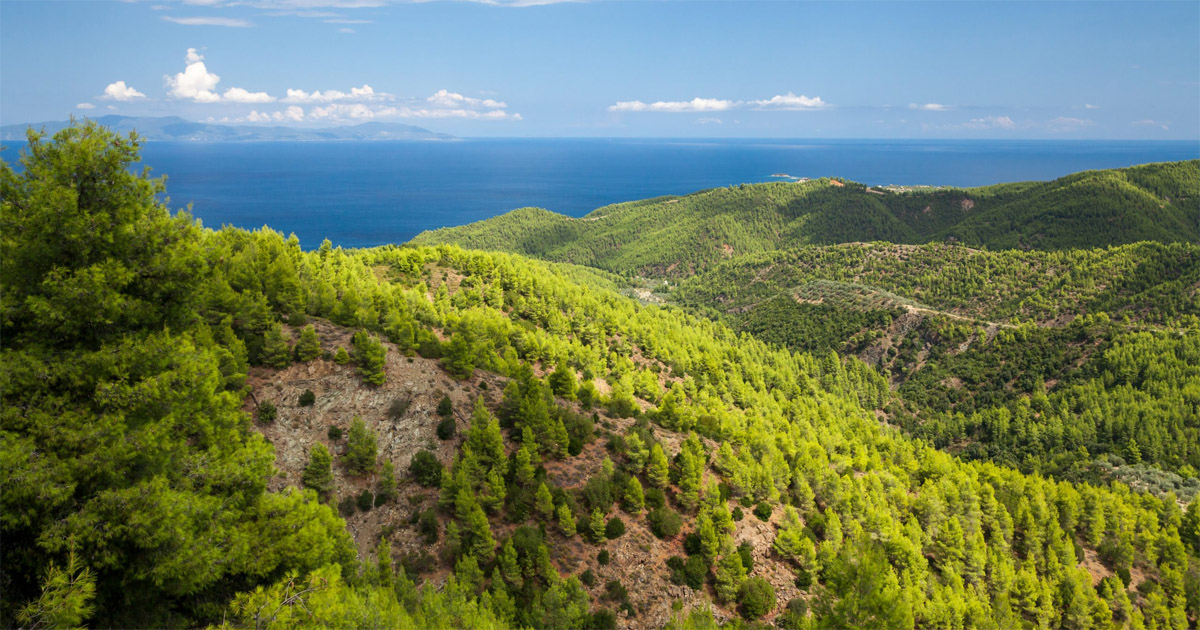The establishment of protected areas is central to biodiversity conservation strategies. However, they often fail in meeting their expectations, especially in the tropics. One core reason for their failure is human pressure. Protected area transgression has tremendous impacts on biodiversity, but also on persecuted rule-breakers whose necessities are often ignored. Despite the increasing enforcement of strict protection rules, non-compliance is a phenomenon experienced in protected areas around the world. To improve biodiversity and social outcomes of any conservation intervention, we need to understand what drives transgressive behavior but also the gazettement of protected areas. By using a role-playing game with Indigenous people in the Colombian Amazon we were able to openly discuss transgression. In the game, park managers designed protected areas primarily for biodiversity conservation but also for restoration. Communication among stakeholders and a resource-abundant landscape were key to increase compliance without exerting enforcement while the violations history of the protected area as well as the abundance of resources within its boundaries encouraged transgression. To achieve voluntary compliance, we recommend to acknowledge transgression's multidimensionality and integrate it into conservation planning.
Download:
DOI:
https://doi.org/10.1016/j.biocon.2021.109121
Altmetric score:
Dimensions Citation Count:

























